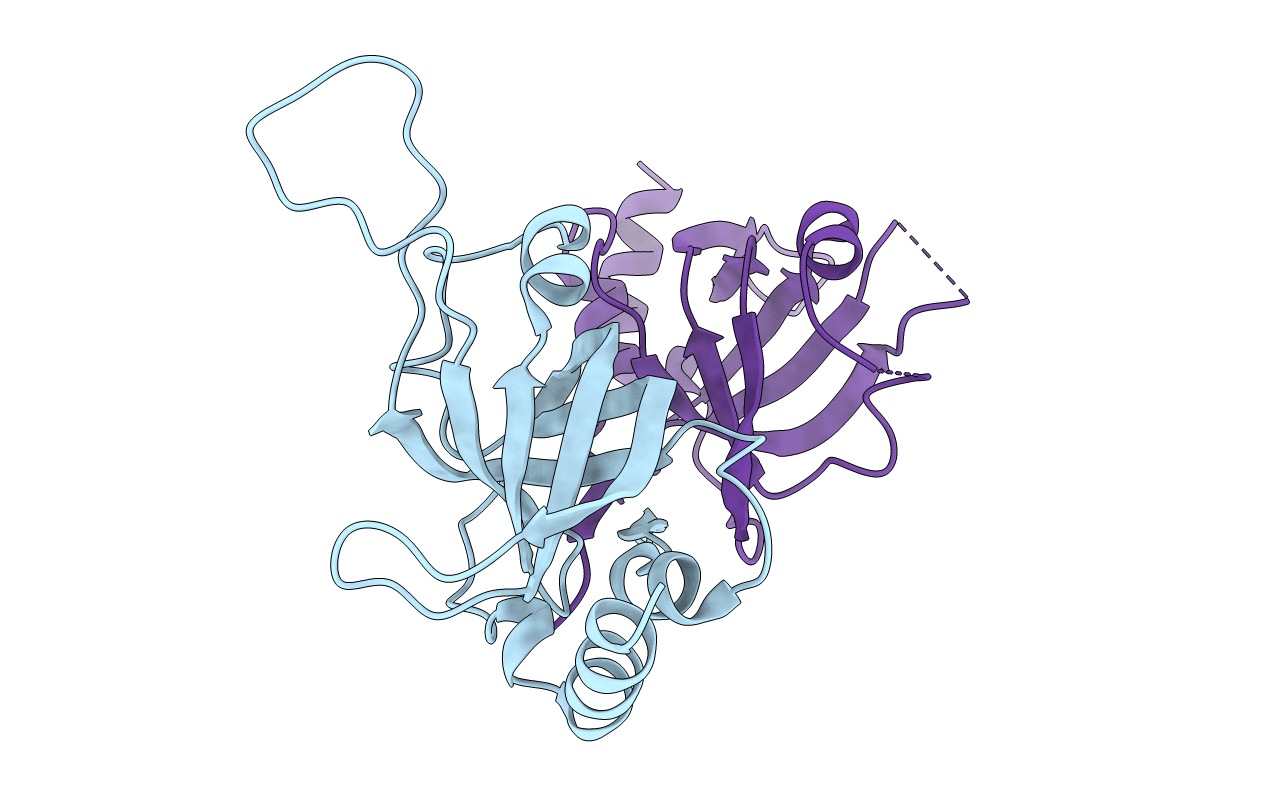
Deposition Date
2016-02-09
Release Date
2016-11-09
Last Version Date
2023-09-27
Method Details:
Experimental Method:
Resolution:
3.00 Å
R-Value Free:
0.22
R-Value Work:
0.19
R-Value Observed:
0.19
Space Group:
I 41 2 2


